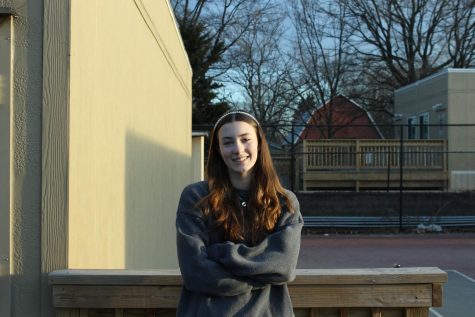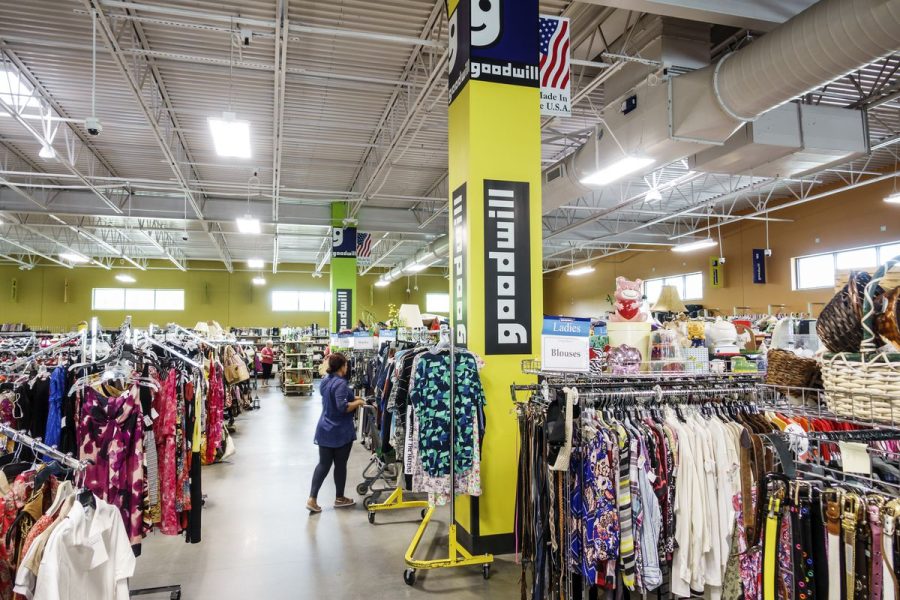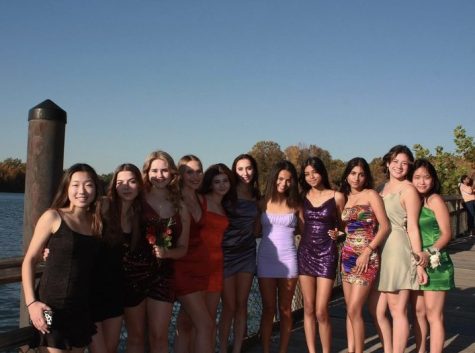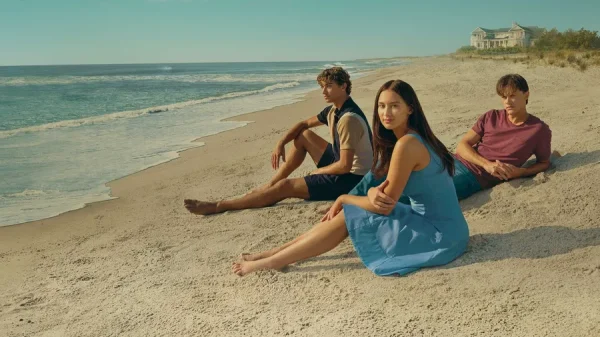Popularity of second-hand clothing spikes among teenagers
Following the era of lockdowns, thrift stores saw a drastic increase in the presence of teenagers and young adults. According to Forbes Magazine, it is estimated that the secondary clothing market has surged as much as 30% in recent years. Many young shoppers credit social media as a catalyst for their newfound love of second-hand clothing and platforms such as TikTok and Instagram have popularized thrift hauls- short videos showcasing unique finds from a thrift store. Vintage styles, cheaper prices, and sustainability are big draws for those who choose to thrift.
“I like the idea that you can find a super unique [out]fit for half the price at a thrift store,” said senior Gabby Jacobs, “I wanted more of a vintage look and you find more clothes with that style when you thrift.”
Environmentally-conscious shoppers also enjoy the benefits of secondhand clothing. Eighty-three million tons of clothing end up in landfills each year, according to PRNewswire. Shopping secondhand eliminates the use of new materials and allows clothing to be given a second life. Secondhand clothing stores such as Plato’s Closet are working to reduce the amount of clothing that goes to waste.
“Customers bring in their clothes, we sort through them and determine what is viable for sale; if it’s in good condition and trending then we buy it and resell it,” said senior Alison Stanton, a sales associate at Plato’s Closet, “It’s a good way to reuse clothes so they don’t end up in the trash.”
Thrift stores provide a sustainable option for those looking to find unique clothing for lower prices than big box stores. The appeal of sustainability is more prevalent than ever in younger generations. One in three consumers care more about wearing sustainable apparel than before the pandemic, according to a study conducted by consignment company ThredUp.
Not only are thrift stores a great way to reduce waste, but they are also often much cheaper to shop from than buying directly from a brand. Since many thrift stores take donations from the public, they are able to price their items lower, providing a more budget-friendly option to their customers. In a study conducted by CommunityNews.org, when asked about their average amount spent per visit, many thrifters said they spent less than $30.
Thrifting is a great alternative for those looking to save money and find unique clothing while also supporting the environment. One major downfall of thrift stores is the lack of organization. Many stores organize by style or color instead of size. This system can make finding exactly what you want difficult.
“Be thorough, keep looking,” said Stanton. “Sometimes things are hit or miss.”
Your donation will support the student journalists of Poolesville High School. Your contribution will allow us to purchase equipment and cover our annual website hosting costs.

Peri is a senior in the Independent Studies Program. She is a member of the Track and Field and Cross Country teams at Poolesville. Her favorite fictional...












